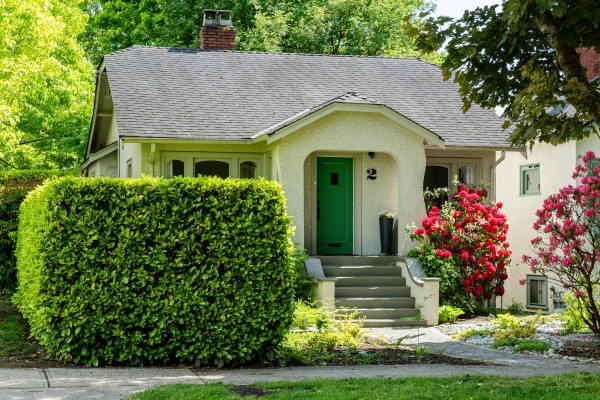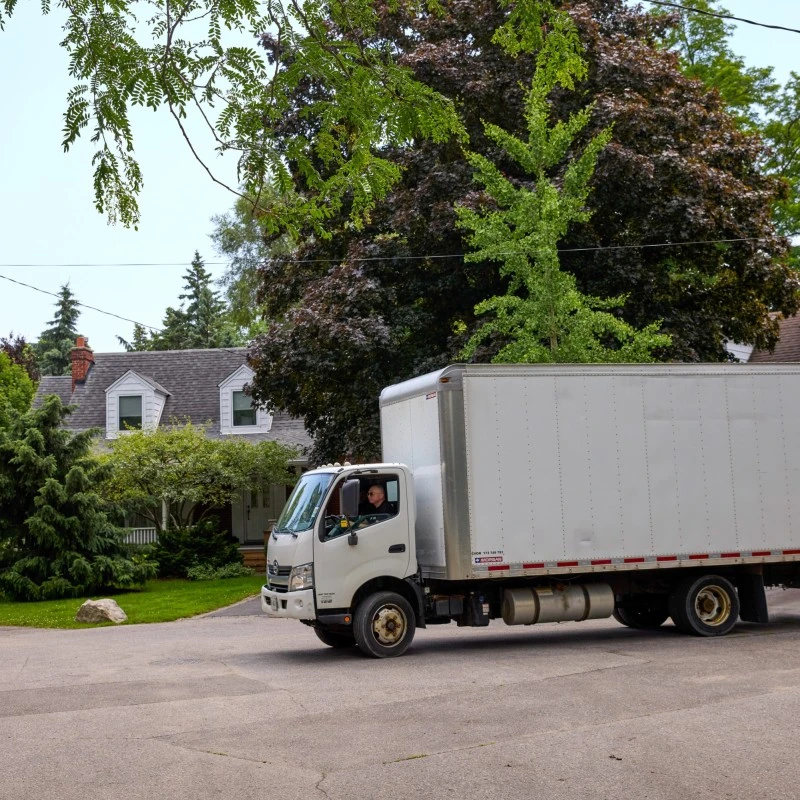A public transit guide for newcomers in Canada


As you settle into your new life in Canada, it's time to start thinking about navigating your new town or city. Most newcomers don’t yet have a vehicle or aren’t planning to buy one. Luckily, public transit in Canada is user-friendly and affordable. It just takes a bit of time to learn the routes. It also is eco-friendly and a great way to explore a new city.
This guide to public transit in Canada covers public transit basics, tips for riding, and an overview of public transit systems in major Canadian cities.
Understanding the public transit system in Canada
There are a handful of types of transit in Canada:
-
Buses
-
Subways/metros
-
Commuter trains
-
Ferries (in coastal cities and some inland lakes)
Public transit in Canada is run by the city, municipality, or regional government. The various systems focus on accessibility, with support, special seats and devices available for people with mobility challenges, seniors and children. This includes spaces for walkers, electric chairs, wheelchairs and strollers. Service animals are welcome on all public transit.
Passengers pay using fare cards, cash or mobile apps, with discounted fares for students and seniors.
Public transit in major Canadian cities
Vancouver: Translink
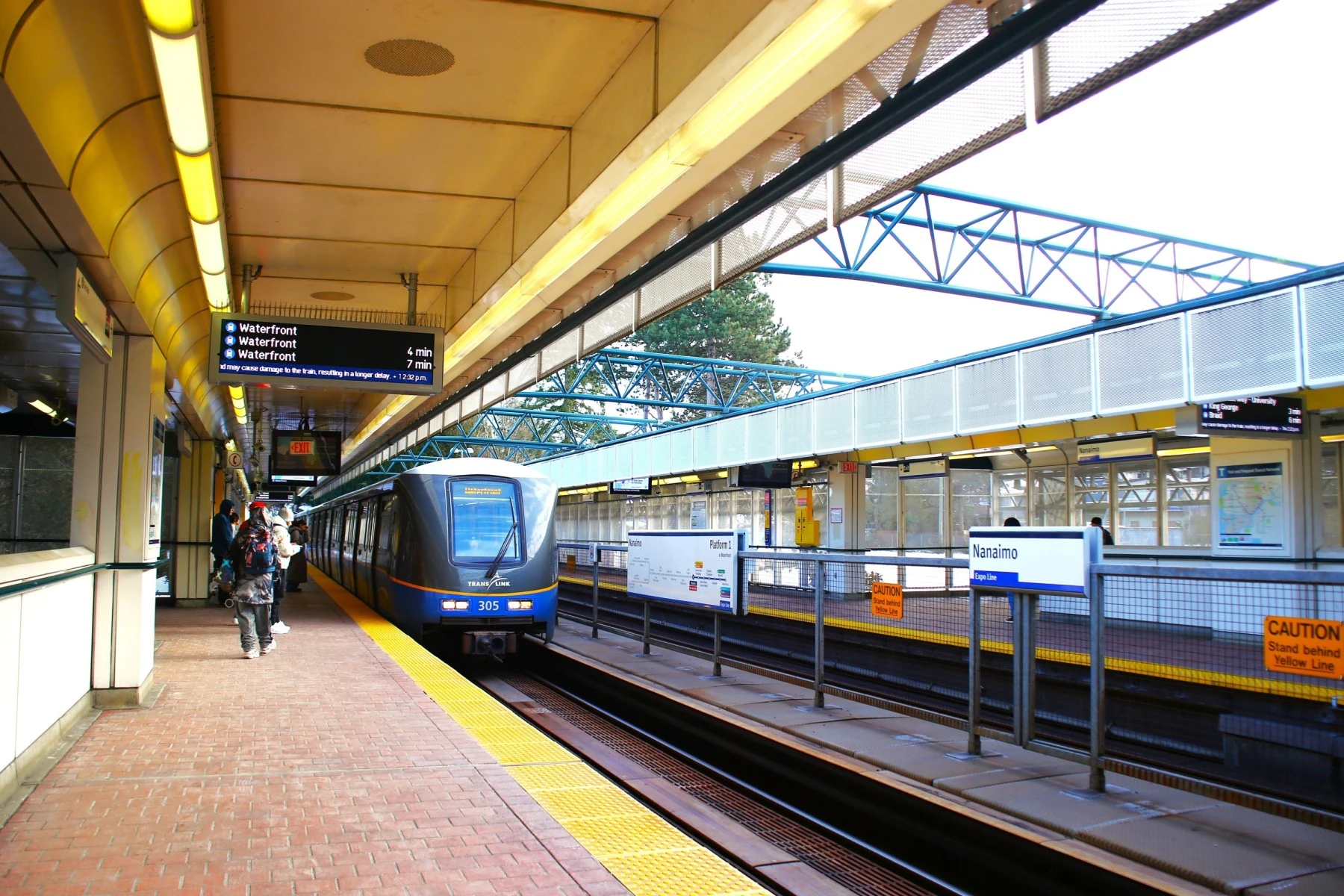 Services
Services
-
City buses service the entire Metro Vancouver region all the way to Maple Ridge.
-
The Skytrain is Vancouver’s metro which goes underground and on tracks above the city.
-
The SeaBus travels from downtown’s Waterfront Station to Lonsdale Quay in North Vancouver.
-
The West Coast Express runs between downtown Vancouver and Mission.
Fare card
The Compass Card allows you to pre-load funds before you ride. It operates a tap-in/tap-out system at each Skytrain station and a quick scan on buses.
3 Fare Zones
-
Zone 1 – Includes Vancouver, Burnaby, New Westminster, and parts of North Vancouver
-
Zone 2 – Covers areas like Richmond, North Vancouver (farther out), and Surrey
-
Zone 3 – Includes Langley, Maple Ridge, Port Coquitlam, and Mission
Toronto: TTC and GO Transit
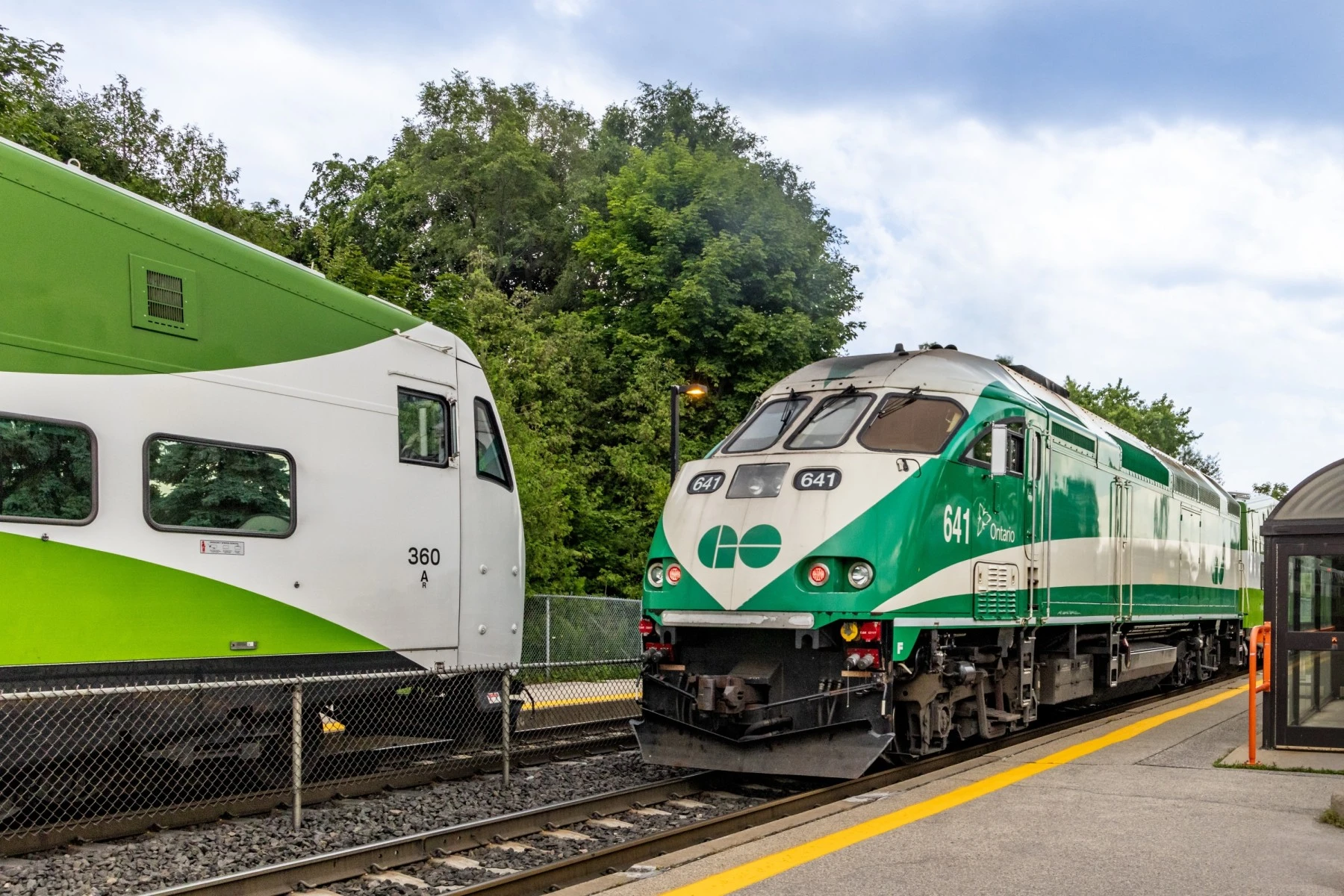 Services
Services
-
City buses
-
Streetcars are mostly used in downtown and central Toronto.
-
Subways are used in Toronto and parts of the York region
-
Regional trains (GO Transit) cover greater Toronto, the Hamilton Area (GTHA) and beyond. Metrolinx operates these commuter trains and buses to connect Toronto with nearby cities and suburbs across Southern Ontario.
Fare card
The PRESTO Card is a reloadable card that can be used for multiple transit systems, including TTC, GO Transit, OC Transpo (Ottawa), and MiWay (Mississauga).
The TTC operates a one-zone fare system across its network.
Montreal: STM and Exo
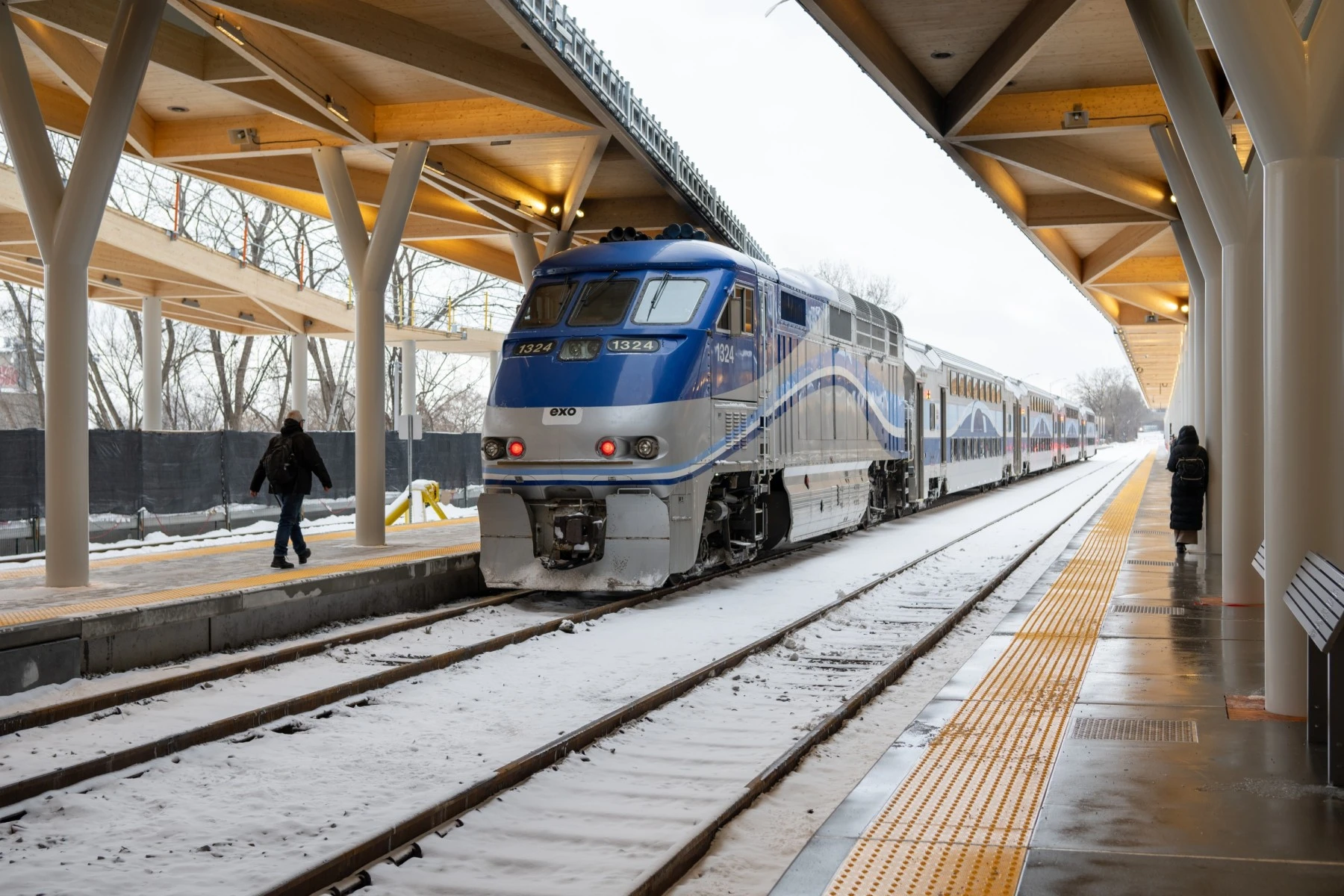 Services
Services
-
The city buses have routes that cover a large area within the Island of Montreal and surrounding neighbourhoods.
-
The Metro serves the island of Montreal.
-
Exo commuter trains serve the Greater Montreal area.
Fare card
The OPUS Card is a reloadable card, valid for 4 years.
Calgary: Calgary Transit
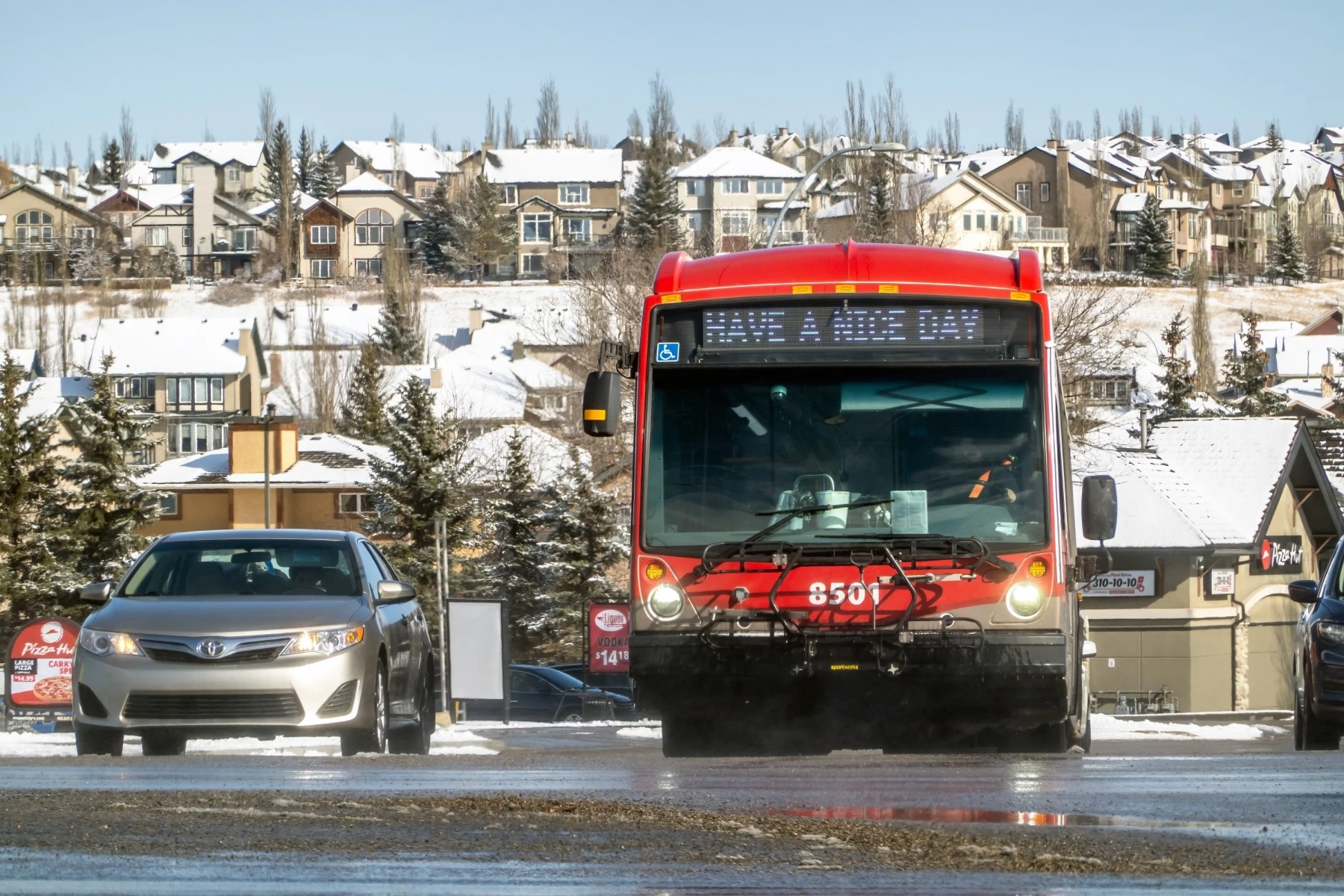 Services
Services
-
City buses
-
The CTrain is free in the downtown core.
Fare options
- Single-fare paper tickets that are valid for 90 minutes.
-
A day pass with unlimited rides for one day.
-
Monthly pass
-
Mobile App
Tips and public transit etiquette in Canada
-
Plan your route using Google Maps or local transit apps.
-
Rush hour is between 7-9 am and 4-6 pm. Avoid travelling during these times. If you must, give yourself extra wiggle room as delays happen.
-
Ride the bus respectfully: line up, give priority seats to elders and mothers with small children, speak quietly.
-
Be safe and keep your belongings close (ideally on your lap). Stay in well-lit areas of stations at night, and be prepared with emergency contact info.
-
Most transit systems don’t allow food, drinks, vaping or Bluetooth speakers on board.
-
No smoking on board, ever.
If you feel overwhelmed and need extra guidance in your new city, visit nearby settlement agencies and newcomer welcome centres. Many Canadian transit apps have language support and customer service lines available. Additionally, many major cities offer orientation tours and online guides for navigating public transit.
Alternatives to public transit in Canada
 Sometimes you may need a different or more convenient way to get from A to B. Luckily, there are several other transportation options in Canada, so you don't have to own a car or take public transit.
Sometimes you may need a different or more convenient way to get from A to B. Luckily, there are several other transportation options in Canada, so you don't have to own a car or take public transit.
-
Ride-sharing apps such as Uber and Lyft are available in major Canadian cities. They are known for being user-friendly, convenient, safe and relatively affordable.
-
Bike sharing is popular in Canada. Many cities offer city-owned bikes distributed throughout the city that you can use for a small fee.
-
Car rental businesses are everywhere in Canadian cities. They offer competitive pricing, with the average cost to rent a car for a day in Canada ranging between CA$60 and CA$100.
-
Car-sharing apps allow vehicle owners and carless drivers to connect and share cars.
-
Bicycling is healthy, affordable and eco-friendly. Canadian cities are generally very bike-friendly. It’s a popular way to get around, especially in spring, summer and fall.
What do our customers say?

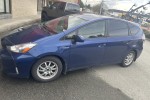
 Services
Services Services
Services Services
Services Services
Services

















![The cost of living in Ottawa [2025] The cost of living in Ottawa [2025]](https://cdn.topmove.ca/image/blog/05c56698337852b128efa8b1144e6466.jpeg)

